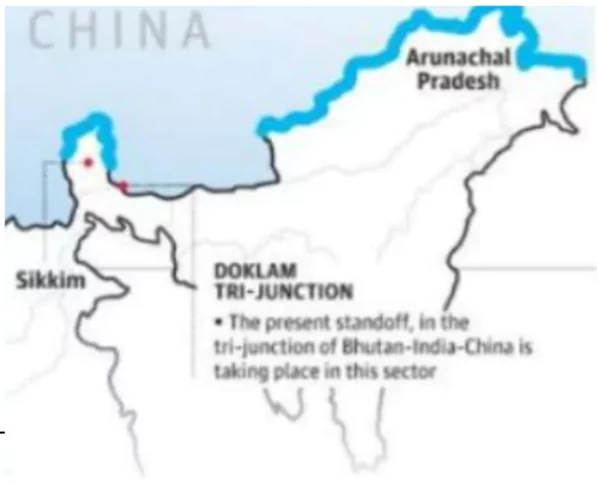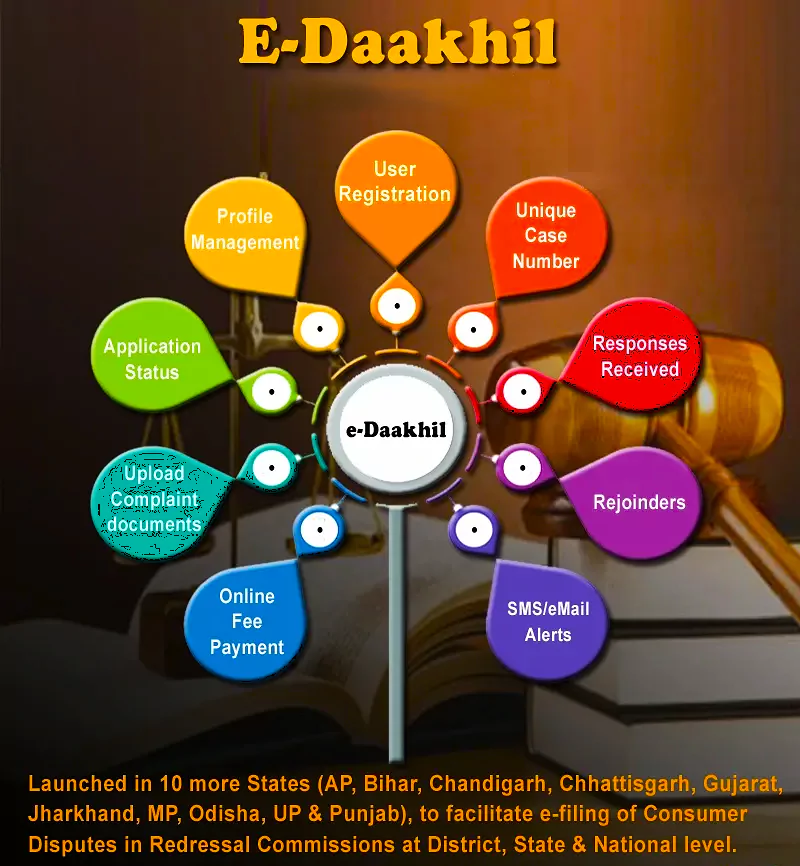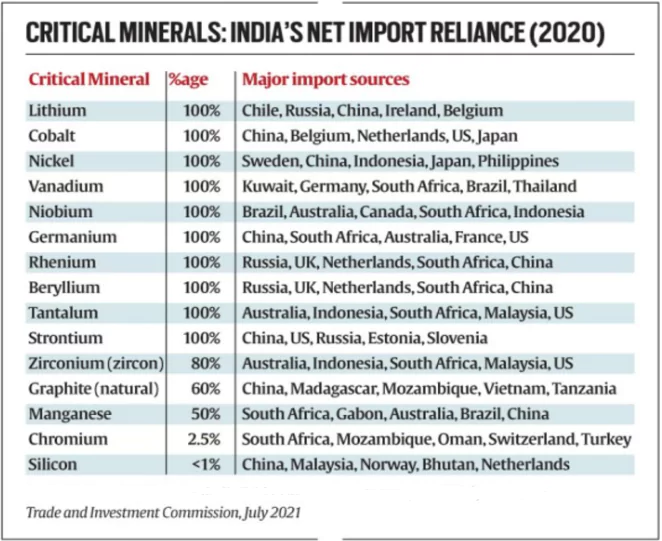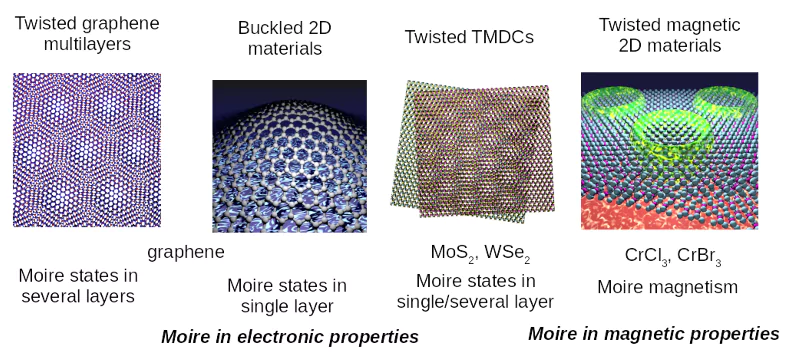The Indian delegation, participating in the 5th session of the Intergovernmental Negotiating Committee (INC-5), called upon member States to develop clear scope and principle for the new International legally-binding instrument on plastic pollution.
Global Treaties as Models
|
|---|
What is Plastic?
What are Microplastics?
|
|---|
Countries that are successful in reducing plastic pollution
|
|---|
Global Distribution of Plastic Pollution
|
|---|
Plastic pollution is a global crisis that demands urgent, collective action. By adopting sustainable practices, enforcing regulations, and fostering innovation, we can transition towards a circular economy and safeguard ecosystems, human health, and the planet’s future. A unified global commitment is key to ensuring meaningful and lasting change.
Recently, the Army has received Sabal 20 logistics drones from EndureAir Systems, a private company incubated at IIT Kanpur for deployment in the Eastern sector.

Eastern Sector
|
Vertical Take-Off and Landing (VTOL) technology:
|
|---|
The Union Cooperation Minister directed the National Federation of State Co-operative Banks (NAFSCOB) to prioritise making Primary Agricultural Credit Societies (PACS) more viable, transparent, and modern.

This article sheds light on the India’s efforts to eradicate child marriage to make child marriage-free nation by 2029.

Consequences of child marriage
|
|---|
| Pros | Cons |
| – Reduced maternal mortality rates. – Lower infant mortality rates. – Better overall physical and mental health | It May lead to increased parental control over girls’ lives, limiting their autonomy and decision-making power. |
| – Increased likelihood of completing education – Better career prospects and economic independence | Girls would face more resistance from conservative communities and traditional practices. |
| Empowered women contribute to economic growth and poverty reduction. | Difficulty in enforcing the law, especially in rural areas and marginalized communities. |
| Allows for better spacing and planning of children, improving child health and well-being. | May lead to increased premarital sexual activity, which could have societal and moral implications. |
The Indian Chemical Council (ICC) received the 2024 OPCW-The Hague Award during the 29th Session of the Conference of the States Parties (CSP) of the Organisation for the Prohibition of Chemical Weapons (OPCW) held in The Hague, Netherlands.
Chemical Weapons:
|
|---|
Chief of the Army Staff (COAS) presented the prestigious President’s Colours to four battalions of the Mechanised Infantry.
About Mechanised Infantry’s Legacy
About Brigade of The Guards
|
|---|
The Karnataka State Government has decided to table the Karnataka State Rural Development and Panchayat Raj University (KSRDPRU) Bill, 2024 during the Winter session of the State Legislature in Belagavi.
Key Recommendation of sarkaria commission on GovernorAppointment: Should be a person of eminence and not a politician. Tenure: Should be fixed for 5 years. Role: Primarily a constitutional head, should act on the advice of the Council of Ministers. Discretionary Powers: Limited to specific situations like dissolution of the assembly, appointing the CM, etc. Neutrality: Should maintain political neutrality and avoid partisan politics. Consultation: The CM should be consulted in the appointment process. Transfer: Should not be transferred frequently. |
|---|
The Department of Consumer Affairs recently announced the successful nationwide implementation of the E-Daakhil portal, a truly pan-India initiative.
About Consumer Protection Act, 1986
|
|---|

The Government of India launched the first round of auction for offshore mineral blocks.

India successfully tested a nuclear-capable ballistic missile with a range of approximately 3,500 km from the nuclear-powered submarine INS Arighaat in the Bay of Bengal.

K-4 Missile
|
|---|
In a recent study published in the journal Nature, Moiré materials made from semiconductor materials have also exhibited superconducting properties.

Moiré Materials
|
|---|
The current ceasefire proposal between Israel and Lebanon draws on the provisions of Resolution 1701 passed by the UN Security Council (UNSC) in 2006.
About the Blue Line
|
|---|
About United Nations Resolution
|
|---|
|
|---|
Litani River
|
|---|
Context: India has been re-elected to the UN Peacebuilding Commission (PBC) for the 2025-2026 term, reaffirming its commitment to global peace efforts.
Context: The Union government has advanced the second phase of incentives for the buyers of cargo electric three-wheelers under the PM Electric Drive Revolution in Innovative Vehicle Enhancement (PM E-DRIVE) scheme.
<div class="new-fform">
</div>
